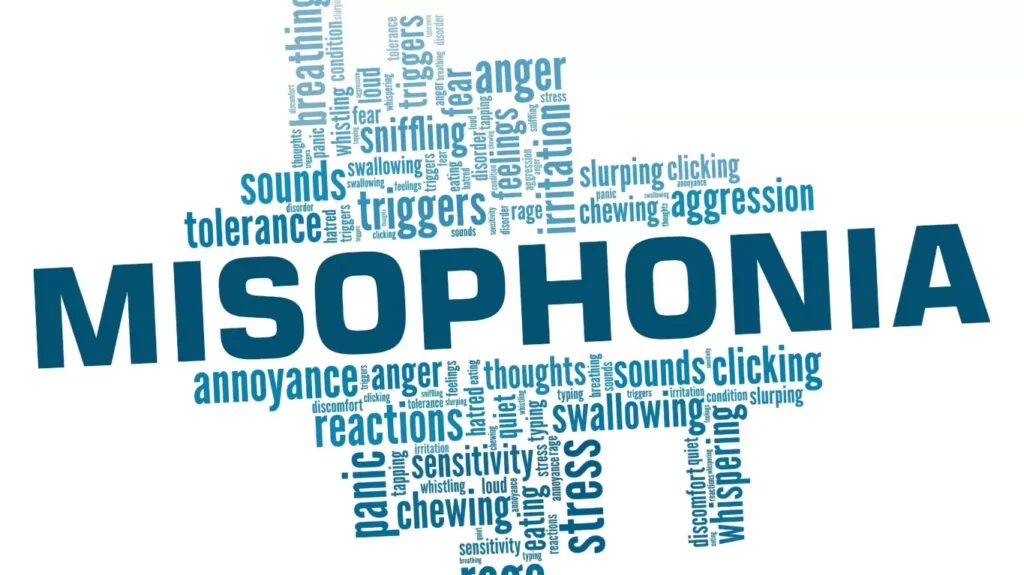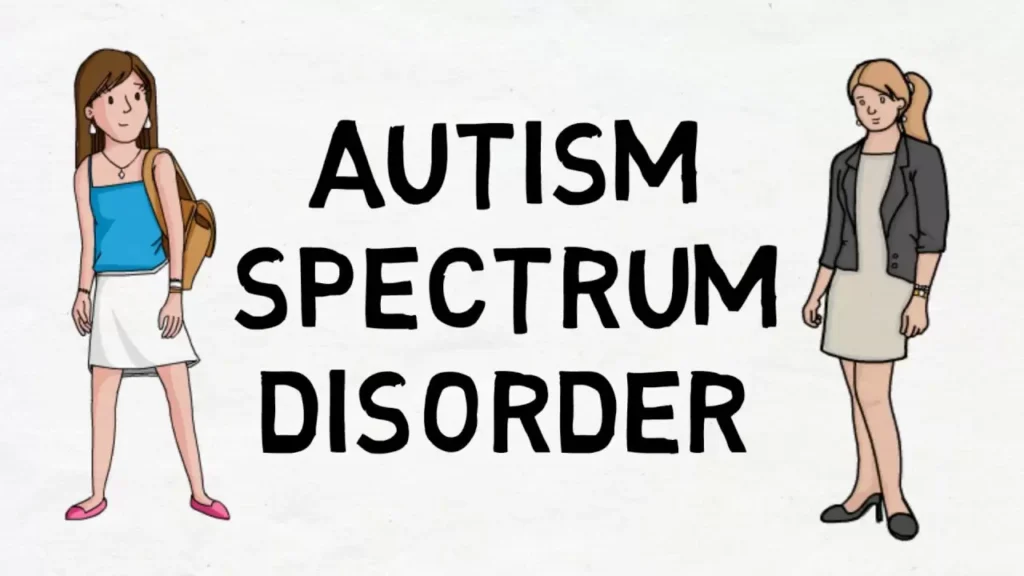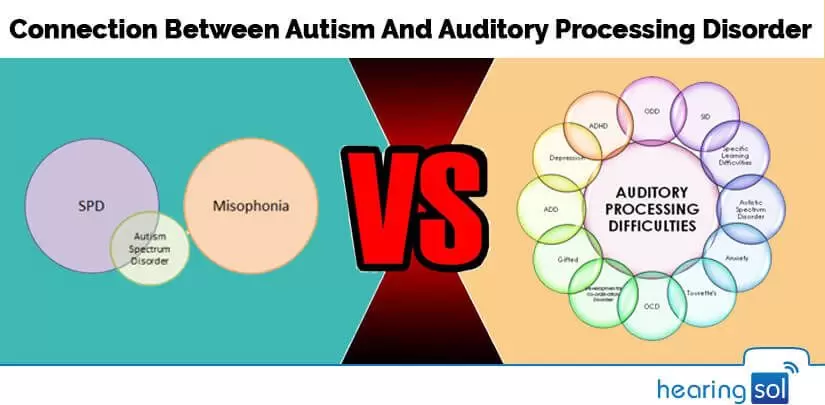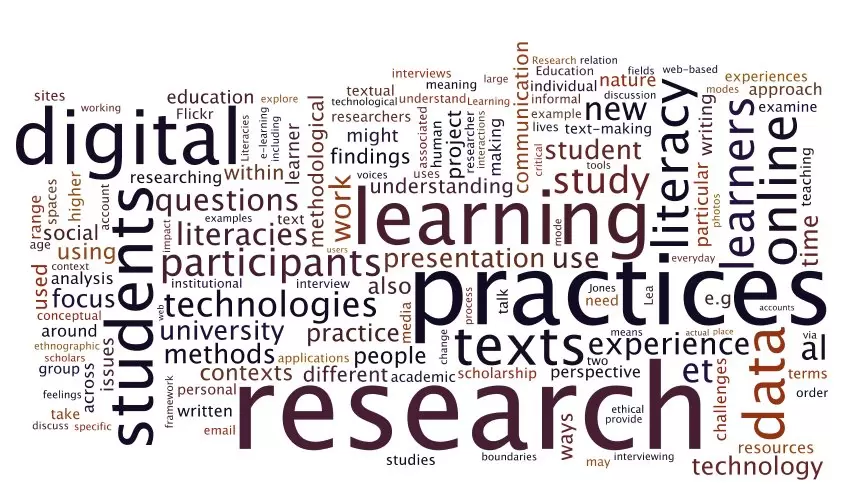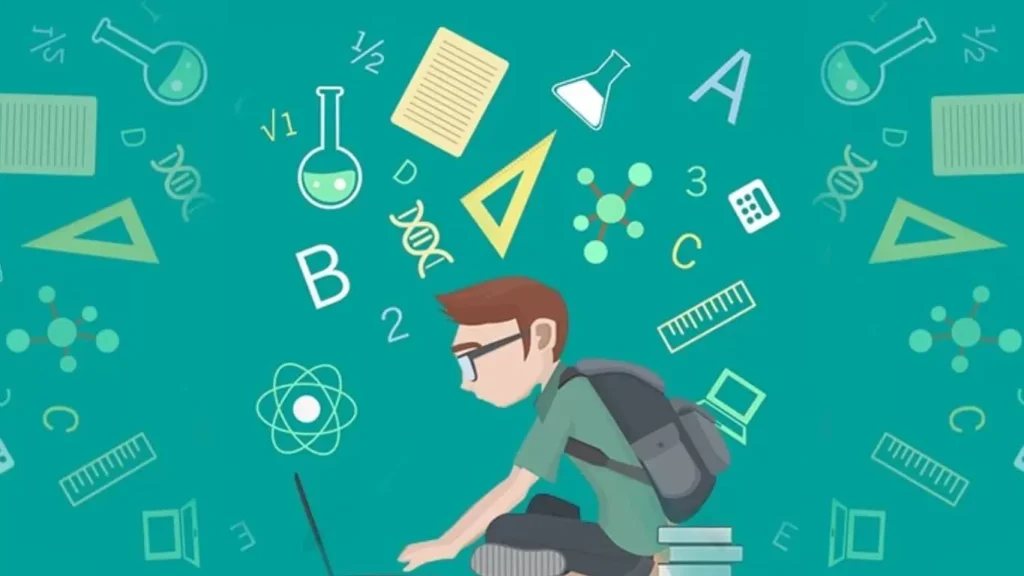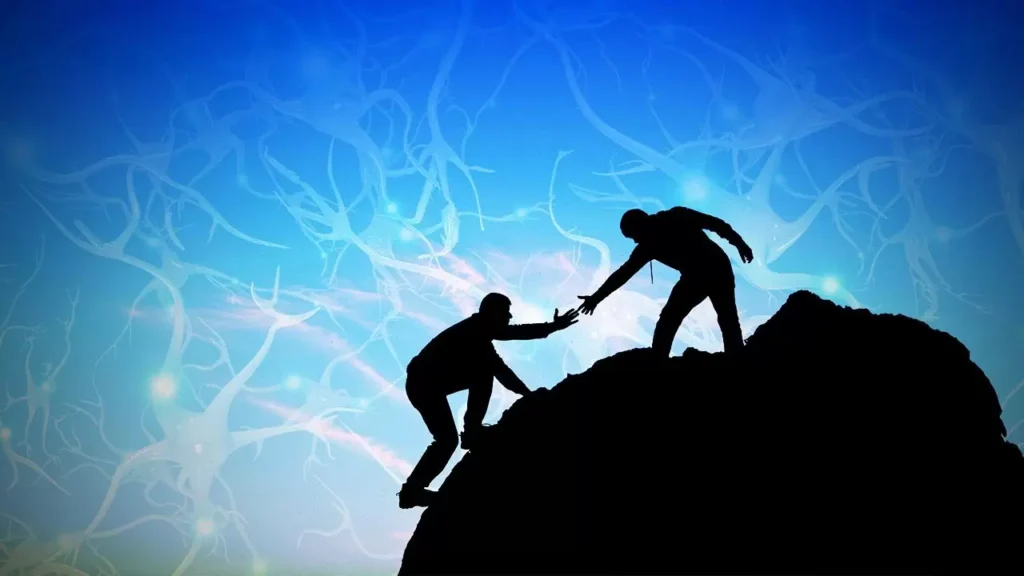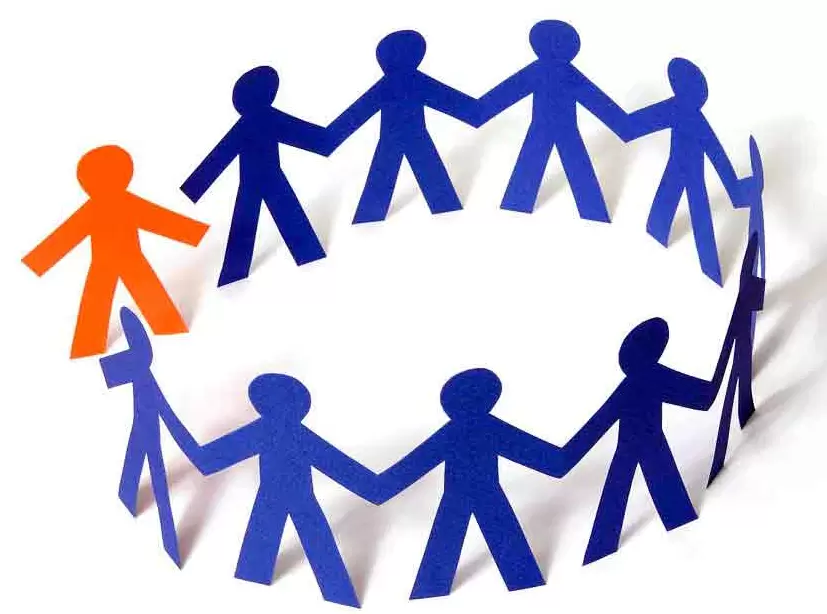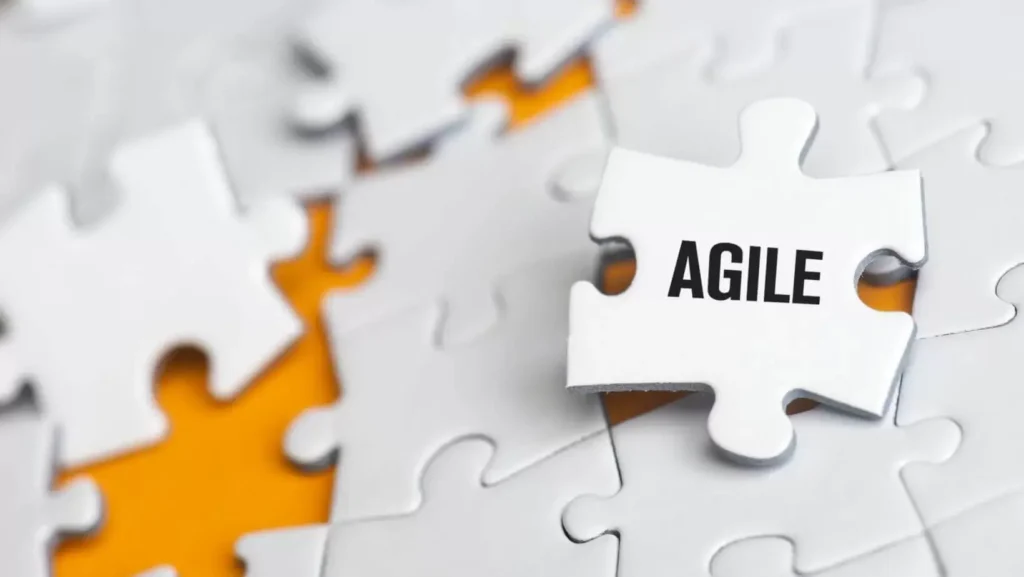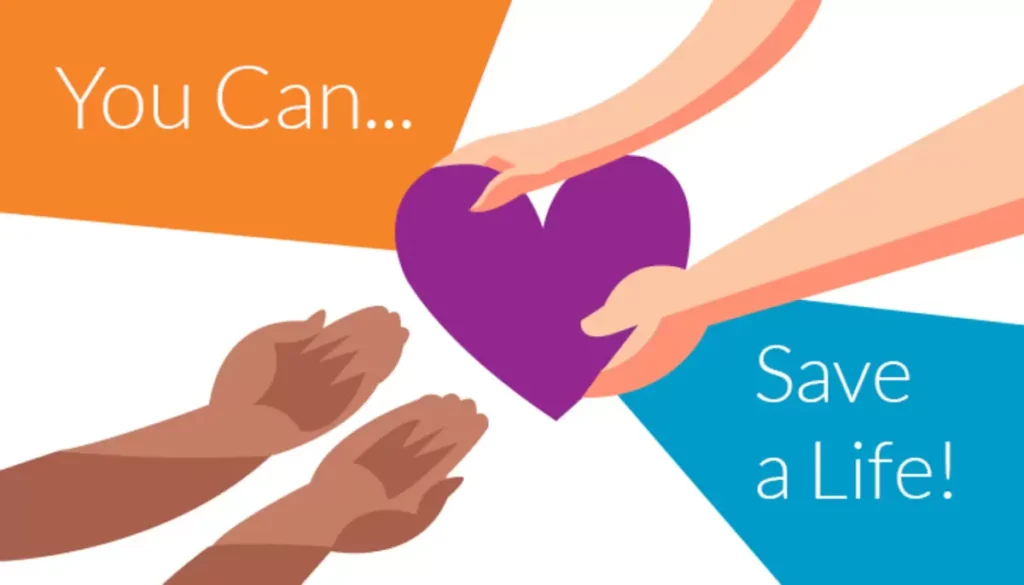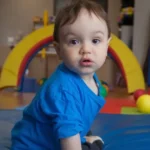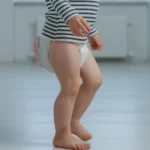Introduction
Misophonia and autism spectrum disorder (ASD) are two awesome situations.In this blog we discussed what is the link between misophonia and autism?.
However, developing studies suggest there may be a fascinating connection among the 2.
As we delve into this relationship we will benefit from treasured insights.
That would result in stepped forward knowledge and more effective interventions for people tormented by these demanding situations.
What is Misophonia?
Misophonia is a neurophysiological situation characterized via an severely and disproportionate emotional and physiological response to unique trigger sounds. Those trigger sounds are often normal, repetitive noises, consisting of chewing, lip-smacking, throat clearing or the sound of a person’s breathing. Individuals with misophonia experience overwhelming feelings of anger, tension, or even panic. Whilst exposed to those triggers main to large distress and disruption of their everyday lives.
Overview of Autism Spectrum Disorder (ASD)
Autism spectrum ailment is a complicated neurodevelopmental situation that influences a person’s social conversation, sensory processing and behavioral patterns. ASD is characterized with the aid of a wide variety of signs and useful abilities with every person at the spectrum offering specific demanding situations and strengths. One of the middle features of ASD is a heightened sensitivity to sensory stimuli that may show up in each allergic reaction and hyposensitivity to diverse sensory inputs.
Exploring the Potential Link Between Misophonia and Autism
Researchers have been increasingly more inquisitive about exploring the potential connection between misophonia and ASD. Studies have observed that the superiority of misophonia appears to be better amongst people with ASD compared to the general population. This shows that there may be shared underlying mechanisms or predispositions that contribute to the improvement of each situation.
Sensory Processing Differences in Misophonia and Autism
One capacity link between misophonia and ASD lies inside the domain of sensory processing. Each individual with misophonia and those at the autism spectrum frequently show heightened sensitivity to precise sensory stimuli particularly auditory inputs. This hypersensitivity can cause a disproportionate emotional and physiological reaction to trigger sounds as found in misophonia. The amygdala, a brain place worried in emotional processing is believed to play a crucial position within the exaggerated reactions experienced by using people with misophonia and ASD.
Emotional Regulation Challenges
Some other not unusual thing between misophonia and ASD is the difficulty with emotional regulation. Individuals with each condition regularly warfare to correctly manipulate and modulate their emotional responses to various sensory inputs, together with cause sounds. This will result in severe, uncontrollable reactions that can drastically affect an individual’s high-quality of lifestyles and social functioning.
Implications and Considerations
The recognition of those overlapping signs between misophonia and ASD underscores the importance of complete tests and a holistic approach to know-how and assisting individuals with these situations. Healthcare carriers, educators, and caregivers need to be aware about the capability co-prevalence of these conditions and the specific challenges they present.
Via addressing the shared functions including sensory sensitivity, emotional regulation difficulties and behavioral pressure interventions may be tailor-made to deal with the particular wishes of individuals with co-occurring misophonia and ASD. This multifaceted method can result in more effective control strategies, progressive fine lifestyles and higher outcomes for the ones tormented by these interrelated conditions.
Furthermore, the exploration of these overlapping symptoms can inform future research, contributing to a deeper understanding of the underlying mechanisms and the development of more targeted treatment options. As we continue to unravel the complexities of the relationship between misophonia and ASD, we can provide more comprehensive support and empowerment for individuals navigating these unique challenges.
Research Findings
The growing body of studies on the capability connection between misophonia and autism spectrum disorder (ASD) has yielded numerous interesting findings. That shed mild on the overlapping characteristics and underlying mechanisms among those situations. Here are a number of the important thing studies findings:
Sensory Processing Differences
Multiple research studies have shown that individuals with each misophonia and ASD exhibit extraordinary sensory processing specifically within the auditory domain. Neuroimaging and physiological studies have discovered heightened neural responses and elevated activation inside the limbic gadget. Which includes the amygdala while uncovered to trigger sounds.
Researchers have proposed that this sensory hypersensitive reaction and the disproportionate emotional and physiological reactions can be rooted in abnormalities. Inside the neural pathways responsible for sound processing and emotional regulation.
Emotional Dysregulation and Cognitive Inflexibility
Investigations into the cognitive and emotional processing of individuals with misophonia and ASD have exposed similarities of their problems with emotional regulation and cognitive flexibility.
Studies have found that each population exhibits multiplied activation in mind areas associated with emotional processing. Which include the anterior cingulate cortex and the insula. All through exposure to trigger sounds or sudden situations. This suggests a shared neural foundation for the emotional dysregulation and inflexible behavioral patterns discovered in these conditions.
Overlapping Genetic and Neurobiological Factors
Rising studies have started to explore the genetic and neurobiological underpinnings that may contribute to the co-occurrence of misophonia and ASD. Preliminary findings imply that there may be shared genetic editions and neurochemical imbalances that predispose people to the development of each condition.
As an example, studies have highlighted the potential position of the serotonergic device and the oxytocin receptor gene in the etiology of each misophonia and ASD. These neurobiological elements may also impact the sensitivity to sensory stimuli and the capacity to adjust emotional responses.
Comorbidity and Clinical Implications
Numerous studies have reported a better incidence of misophonia among people with ASD in comparison to the general populace. Conversely a few people with misophonia have also been found to showcase tendencies or meet the diagnostic standards for ASD.
These findings emphasize the significance of comprehensive exams and the want for healthcare experts to screen for the co-occurrence of these situations. Spotting and addressing the overlapping signs and symptoms can lead to more effective interventions. Stepped forward great of existence for individuals laid low with each misophonia and ASD.
Limitations and Future Research Directions
It’s critical to be aware that even as the prevailing research has provided valuable insights into the capacity links between misophonia and ASD. The sphere is still extraordinarily nascent. Larger-scale longitudinal research is hard to similarly elucidate the precise nature of the connection. The shared underlying mechanisms and the consequences for scientific exercise.
Destiny research has to also discover the capability of danger elements. Developmental trajectories and the role of environmental and psychosocial factors within the co-incidence of those conditions. Interdisciplinary collaborations among neuroscientists, geneticists, clinicians and behavioral researchers can be essential in advancing our understanding and informing greater comprehensive and tailor-made help for people with those overlapping reviews.
Impact on Daily Life
The overlap between misophonia and autism spectrum disorder (ASD) will have a profound impact on the everyday lives of individuals stricken by those conditions. Information about the particular demanding situations and how they intersect can offer treasured insights for caregivers, educators and healthcare professionals to better guide the ones navigating those complex reviews.
Barriers to Diagnosis and Accessing Appropriate Support
The overlap among misophonia and ASD can pose demanding situations in the diagnostic manner. As healthcare experts won’t be fully aware about the ability co-occurrence of these conditions. This may cause delayed or misguided diagnoses which in turn can limit getting admission to suitable interventions and help services.
Additionally the lack of know-how and information about the connections between misophonia and ASD within most people and even among some healthcare vendors can further exacerbate the demanding situations. Faced via those individuals as their stories won’t be fully identified or validated.
Impact on Education, Employment, and Independent Living
The combined consequences of sensory hypersensitivity, emotional dysregulation, social conversation difficulties and cognitive inflexibility. Can appreciably impact a person’s potential to thrive in educational, vocational and independent dwelling settings.
People with misophonia and ASD may additionally battle to hold academic or work performance, navigate social dynamics in these environments. Gain the extent of independence they prefer in their everyday lives. The dearth of motels and expertise from educators, employers and carriers can similarly compound those challenges.
Coping Strategies and Support Needs
Developing effective coping strategies and having access to suitable guide services are crucial for individuals with the co-occurrence of misophonia and ASD. This may contain a multidisciplinary technique, including cognitive-behavioral therapy occupational therapy, social abilities schooling and the usage of assistive technology or environmental modifications.
However the particular demanding situations faced by this population could make it tough to continually and efficiently make use of those techniques. Highlighting the want for tailored interventions and a complete assist machine that addresses their precise needs.
Addressing the overlapping challenges faced by people with misophonia and ASD requires a collaborative effort from healthcare specialists, educators, policymakers. The broader network to raise attention, sell know-how and ensure the availability of specialized resources and services to help this populace.
Professional Help
Folks that are experiencing the co-prevalence of misophonia and autism spectrum disease (ASD) frequently require a multifaceted technique to expert assist and intervention. Right here are some key ways they could get right of entry to help:
| Professional | Role |
| Audiologist | focuses on evaluating and handling hearing-associated troubles, which include misophonia. |
| Psychologist | offers remedy and counseling to deal with the emotional and behavioral factors of misophonia and autism. |
| Occupational Therapist | offers interventions and techniques to help individuals expand competencies and deal with sensory sensitivities. |
| Speech-Language Pathologist | assists with verbal exchange difficulties that can be discovered in people with autism. |
Support Groups
For individuals living with the co-prevalence of misophonia and autism spectrum ailment (ASD) connecting with assist companies can be an invaluable useful resource. Those companies offer a feel of community, mutual information and opportunities to learn coping techniques from others who proportion comparable studies.
Online Support Groups
The net has enabled the creation of several on-line support organizations for individuals with misophonia and ASD. These digital communities offer several blessings:
- Accessibility: online agencies are available 24/7, permitting people to connect and take part from the consolation in their very own homes no matter their geographic region.
- Anonymity: a few individuals may additionally sense greater relaxed sharing their studies in an nameless on-line setting. In particular when discussing sensitive subjects related to their condition.
- Numerous views: online businesses can join individuals from round the arena supplying access to a huge range of views and stories.
- Ongoing assistance: online groups regularly have energetic discussions permitting members to get hold of non-stop assistance and comments from others.
Some examples of on-line aid businesses for people with misophonia and ASD include:
- Misophonia support group on facebook
- Misophonia and Autism Spectrum sickness assist institution on Reddit
- Misophonia international on line support group
In-individual guide groups
In-man or woman support organizations can also be useful for people with misophonia and ASD. As they offer the opportunity for face-to-face interaction and the development of nearby network connections.
Those agencies can be organized by neighborhood intellectual health organizations, autism advocacy corporations or misophonia-precise guide networks. They could provide the subsequent advantages:
- Shared stories: participating in an in-person group permits individuals to connect to others who honestly apprehend the day by day demanding situations they face.
- Peer-to-Peer gaining knowledge of: group individuals can share their non-public coping strategies, practical pointers and insights. Which may be especially beneficial for navigating real-global situations.
- Emotional assistance: The capacity to have interaction without delay with others can foster a sense of empathy, validation and emotional support that won’t be as easily conveyed in on-line interactions.
- Coordinated network Efforts: In-man or woman agencies may additionally facilitate organized community outreach, advocacy initiatives or collaborative problem-solving efforts.
Strategies for Managements
Cognitive-Behavioral Therapy (CBT)
A few key CBT techniques might also consist of:
- Publicity remedy: slow exposure to trigger sounds, paired with relaxation strategies and cognitive restructuring to help desensitize the man or woman’s emotional responses.
- Emotional regulation talents: developing coping mechanisms and adaptive techniques to control the intense emotional reactions promoted through sure sounds.
- Cognitive Restructuring: figuring out and challenging maladaptive notion styles that make a contribution to the distress experienced with misophonia.
Sensory Strategies and Environmental Modifications
Some examples of those strategies encompass:
- Noise-Canceling Headphones or Earplugs: providing a manner to block out cause sounds and create a greater secure sensory surroundings.
- Sensory Breaks and Transition planning: Incorporating regular breaks from capacity trigger situations and getting ready individuals for upcoming activities or transitions.
- Place of business or lecture room motels: Advocating for modifications to the bodily environment, seating arrangements, or agenda to minimize exposure to trigger sounds.
Communication and Social Skills Development
Speech-language therapists can paint with people to improve their conversation abilities, emotional expression and social interaction capabilities. This can encompass:
- Social abilities education: working towards powerful verbal exchange, war resolution and self-advocacy strategies.
- Emotional regulation strategies: developing the ability to recognize, label, and control extreme emotional responses.
- Pragmatic Language competencies: improving the expertise and use of contextual social cues and conventions.
Support Systems and Community Involvement
Connecting with assist corporations each on line and in-person, can be beneficial for people with misophonia and ASD. These businesses provide a feel of network, validation and possibilities to study from the reviews of others dealing with similar challenges.
Moreover, advocating for appropriate inns in educational, vocational and network settings can assist people navigate their everyday lives with greater ease and assistance.
Holistic Approach
The management of misophonia and ASD regularly requires a multidisciplinary, holistic approach that addresses the person’s physical, emotional and social desires. By incorporating a number of evidence-primarily based interventions and collaborating with a crew of healthcare professionals. People can broaden a comprehensive plan to manipulate their situations and improve their typical existence.
Keep in mind the strategies and interventions have to be tailored to the unique needs and preferences of each individual. As the manifestation and effect of misophonia and ASD can vary substantially.
Spreading Awareness
- Academic Campaigns
- Advocacy and Outreach
- Sharing private Narratives
- Collaborating with Healthcare specialists
| Stigma | Reality |
| Misophonia is simply being sensitive to noise | Misophonia entails an excessive emotional and physiological response to specific triggers, which can notably effect daily lifestyles. |
| Autism is a youth sickness that people outgrow. | Autism is a lifelong situation that affects individuals throughout their lifespan. support and information are critical for people with autism at every level of life. |
| individuals with misophonia and autism are really being difficult. | Misophonia and autism are neurobiological situations that people can’t manipulate. it’s miles essential to technique them with empathy and guide. |
FAQ’s
Are misophonia and autism related?
At this level there’s no evidence that misophonia and Autism are related. A current examine did, however, discover accelerated Autistic trends in contributors in their misophonia observe, especially the Autism-associated trends of sensory sensitivity and emotional dysregulation.
How do I know if I’m autistic?
Finding it hard to understand what others are thinking or feeling.
What disorder is misophonia linked to?
Obsessive-compulsive personality disorder (OCPD).
What irritates an autistic child?
Your child might seem uncomfortable in rooms with bright lights or when exposed to direct sunlight.
Conclusion
The connection among misophonia and autism spectrum sickness is a topic of growing interest and research.
Whilst these situations have awesome traits the emerging proof suggests there can be a significant connection among the 2.
By exploring this link we can advantage treasured insights which could tell medical practice, educational techniques and in addition research efforts.
In the long run a better know-how of the interplay between misophonia and ASD can result in more complete and customized aid for individuals navigating these demanding situations.


